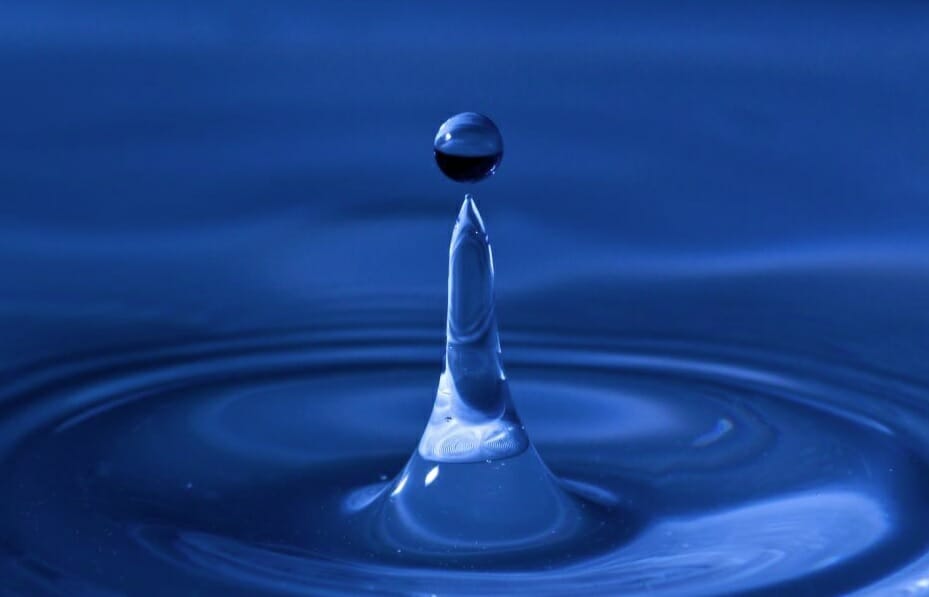Some people turn on their shower only to discover that their water pressure has dropped dramatically. The flow of water may be just a trickle, and if you fill a sink, it can take quite a while to collect enough water for washing and other tasks. Enduring low water pressure issues can be very annoying, and it makes sense to investigate the cause of the problem. Let’s take a look at some of the most common causes of low water pressure.
Aging Plumbing Pipes
Over time, the continuous flow of water and any material carried with it can have a dramatic effect on your plumbing pipes. They will begin to corrode; pinhole leaks can form, which are hard to detect, and eventually, a break may occur. Another problem is caused by hard water, the dissolved mineral content in the water forms scale on the inside surfaces of the pipes. This hard white material will accumulate over time and gradually make the pipe diameter smaller, which inhibits the water flow. Both of these issues can cause low water pressure issues, so it’s a great idea to hire a local plumber to give your pipes a checkup.
A Closed Shutoff Valve
If you’ve noticed an overnight drop in water pressure, make sure to check your shutoff valve first. If the valve is not in the fully open position, the flow of water will be reduced to the plumbing fixtures in your home. The shutoff valve must be fully open, and if it’s hard to turn, it’s a good idea to ask your local plumber to check it. This type of problem is common if a recent plumbing repair was carried out, and someone forgets to reset the shutoff valve.
A Clogged or Faulty Aerator
A faucet aerator helps people to control how much water they use and lower their utility bills. But, an aerator can become blocked over time with sediment and scale. This will reduce the flow of water from that specific faucet, leading you to believe that you have low water pressure. If you look closely at your aerator, you may notice that it looks dirty and it needs a good clean. Take it apart and soak in white vinegar, scrub it with a soft brush (an old toothbrush is ideal) and put it back together. This should restore the water pressure to normal at that faucet, and you can regularly clean the aerator to prevent future problems.
Hard Water Issues
We touched on this particular problem earlier, but hard water can really clog up your plumbing system. Hard water contains elevated levels of dissolved minerals such as calcium, magnesium, and iron. They form hard scale inside your pipes, fixtures, and water using appliances that impede the flow of water. Installing a water softener will correct the underlying problems, but you may need a plumber to replace sections of the plumbing pipe entirely.
If you’re suffering with low water pressure problems and you cannot find the cause, it’s time to contact a
local plumber for expert help.
By Giovanni Longo President Flood Brothers Plumbing
Giovanni Longo is a 3rd generation master plumber who has been practicing his craft and trade in the greater Los Angeles area for well over a decade and a half. A plumbing and hydraulics-engineering innovator, Giovanni’s particular world-class expertise focuses on dealing with challenging sewer system designs as well as resolving complex commercial and residential draining issues. As a certified Flood Mitigation expert, he is also well versed in a wide variety of water damage and remediation solution.





